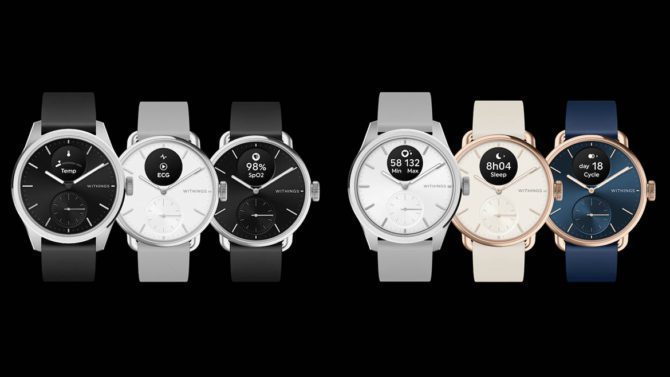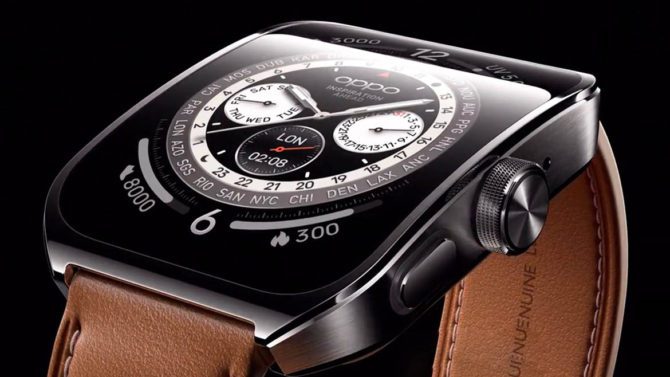ScanWatch 2 by Withings: A New Era in Health Monitoring

Withings’ ScanWatch 2 boasts a body temperature sensor and enhanced health monitoring capabilities.
If you desire a sophisticated timepiece with intelligence, then Withings presents itself as your optimal choice. Over the past decade, it has crafted elegant hybrids that exude the charm of traditional Swiss watches, albeit discreetly so. Three years after the launch of the ScanWatch, the company now introduces its successor, the ScanWatch 2. Concurrently, it unveils the ScanWatch Light, a more budget-friendly variant that fails to evoke much excitement.
The ScanWatch 2 represents a primarily incremental upgrade, distinguished by a novel temperature sensor capable of detecting early signs of infection. While the other sensors have undergone enhancements for heightened precision and increased energy efficiency, there are no notable hardware innovations. The sole notable addition is the ability for users to track their menstrual cycles by inputting data into their wristwear. It is somewhat surprising that this feature does not integrate with temperature monitoring.
At first glance, there appears to be minimal alteration in the case or face designs, presenting the same options as the initial generation. You can choose between a 38mm or 42mm body with either a thick or slender bezel, complemented by lugs affixed to a black or white face within the steel casing. The stone or dark blue face paired with rose gold variations remains unchanged. Regrettably, there is no Horizon version available at this time, that would house the same internals in a diver’s watch body, but one can anticipate its release next year.
In defense of Withings, there is little more it could incorporate into the ScanWatch that it hadn’t already accomplished. Some years ago, it was explained that there are inherent limitations to the amount of data that can be monitored from a wristwear device, dictated by the laws of physics and biology. As much as one might criticize the ScanWatch 2 for its dearth of novel features, it’s important to acknowledge that Withings excelled in its previous iteration. Let us not forget the elegant analog and digital subdials, the depth and precision of its tracking, and the impressive 30-day battery life. Furthermore, Health Mate remains the quintessential fitness-tracking platform in its category.
However, the emphasis on period tracking raises concerns for users residing in the post-Roe U.S., where such data can be exploited. Withings has assured Engadget that its customer data is stored with a France-based provider, subject to EU regulations. Backups of consumer data are maintained on Google Cloud, but these backups are encrypted, with Withings being the sole entity capable of decryption. Nevertheless, this may not provide absolute protection against the compelled surrender of data pertaining to a U.S. citizen under the CLOUD Act.
Conversely, the ScanWatch Light is essentially a simplified version of the ScanWatch, with several features removed. It includes fundamental activity tracking, sleep monitoring, and heart rate measurement, but omits the ECG, SpO2, and temperature tracking tools. The hardware has been downgraded as well, with Gorilla Glass replacing the Sapphire Glass crystal and a less precise accelerometer. Given the respective price points, it may be wiser to seek a discounted first-generation ScanWatch, a move that seems aimed at making its pricier sibling more appealing.
Both the ScanWatch 2 and ScanWatch Light are available for pre-order starting today, with shipping slated to commence in October. The ScanWatch 2 starts at $349.95 for the 38mm model, while the smaller ScanWatch Light is priced at $249.95.
Stay Updated about the latest technological developments and reviews by following TechTalk, and connect with us on Twitter, Facebook, Google News, and Instagram. For our newest video content, subscribe to our YouTube channel.





